Quick Summary:
Are you thinking about shopify performance optimization questions such as – When should you begin optimizations? from launch or when scaling surges? Why is continuous performance tuning essential? Then you’re at the right place! This blog will shed some insight on why shopify performance optimization is necessary and much more.
In this blog, we’re going to discuss📝
As a shopify shop owner, the heartbeat of your business is complicatedly tied to the performance of your store. In this evolving digital world, shopify performance optimization is not just a preference, it has become necessity. A seamless user experience is non-negotiable for your business success.
As the demand for prompt communication is increasing, it has become prominent to keep an eye on the performance of your Shopify store. It is important to understand the crucial role that performance plays in shaping the customer interactions, conversion rates and overall success is crucial. Shopify performance optimization is not solely a technical journey, it a strategic pursuit that directly impacts a shop owner’s ability to stand out in a crowded digital marketplace.
Through the revelation of practical tactics, this study equips these business owners to skillfully negotiate the details of the virtual economy. This blog is an honest attempt to provide Shopify store owners with the information and resources they need to succeed in a cutthroat and constantly changing digital environment, from comprehending the shades of user happiness to optimizing conversion rates.
Let’s see why it is significant to improve shopify performance.
Why Shopify Performance Optimization Matters?
Before diving into the specific pointers that underscores the critical importance of shopify performance optimization, its essential to grasp the significance of this effort. Following are some of the factors that makes it important to improve shopify performance.
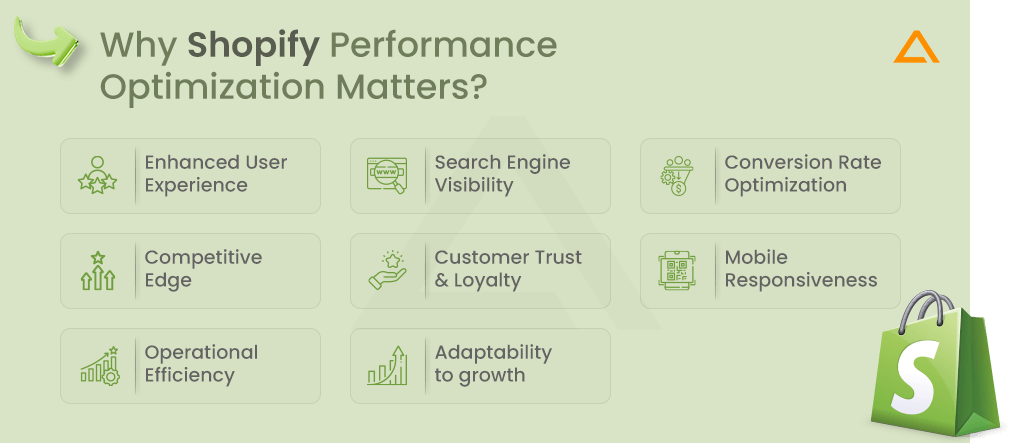
Enhanced User Experience
To ensure a great user experience, Shopify needs to perform quickly. It’s also important to consider the costs involved in developing a Shopify website. Fast page loading and smooth interactions play a key role in boosting user satisfaction, leading to longer engagement periods and lower bounce rates.
Search Engine Visibility
Notably, search engine visibility is directly impacted by Shopify’s performance. Search algorithms favor optimized, responsive websites, which has a beneficial effect on ranks. By increasing the likelihood that your Shopify store will show up prominently in search results, Shopify performance optimization helps you reach more people.
Conversion Rate Optimization
Visibility in search engines is directly impacted by Shopify performance. Search algorithms give preference to quick, responsive websites, which improves ranks. By increasing its visibility in search results, optimization makes your Shopify store more likely to be seen by more people.
Competitive Edge
Shopify performance optimization gives a significant advantage in the highly competitive e-commerce market. Customers that value a flawless online buying experience will be drawn to and remain loyal to your brand if it has a speedier, more efficient store.
Customer Trust & Loyalty
Customer loyalty and trust are increased by a well-optimized Shopify store. Recurring business is encouraged and confidence is built through consistent fast load speeds. Long-term success depends critically on having a base of engaged and happy customers.
Mobile Responsiveness
Shopify performance Optimization ensures mobile responsiveness because mobile shopping is becoming more prevalent. As more and more customers access your store via smartphones and tablets, you need to provide a faster and more convenient mobile experience.
Operational Efficiency
Optimized Shopify workflow improves efficiency. Two benefits of well-designed Shopify store are Reduced Hosting cost & easy backend operations. Sustainable and financially responsible management of the company depends on efficiency.
Adaptability to Growth
Optimized Shopify Performance allows easy scalability as your business expands. A well-designed store can also manage scalability as high traffic volumes gets to the site , it assures that your online presence is strong and flexible enough to meet changing business needs.
Factors Behind Slow Shopify Site Performance
For the best possible user experience and to increase conversion rates, a Shopify website must load smoothly and quickly. But a slowdown in the functionality of a website can be caused by several things. If you want your Shopify store to function as efficiently as possible, you must quickly find and fix these problems. The following are typical causes of slow Shopify sites:
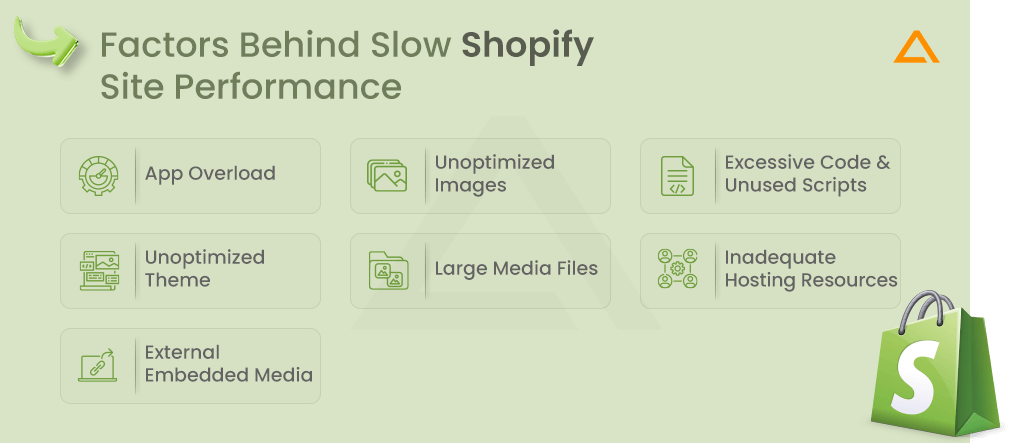
- App Overload
- Unoptimized Images
- Excessive Code & Unused Scripts
- Unoptimized Theme
- Large Media Files
- Inadequate Hosting Resources
- External Embedded Media
How to Improve Shopify Performance?
To enhance the performance of your shopify store & provide seamless experience for users, it is recommended to follow the strategies below.

Optimize Images & Videos
Apply programs such as TinyPNG or ImageOptim to compress and resize the photos and videos. If you want to delay video loading until it’s necessary, utilize file types like MP4. For customers with slower internet connections or mobile devices, optimizing media assets is essential since it minimizes file sizes, guaranteeing quicker load times and a more responsive Shopify store.
Select Proper Fonts
A more polished and effective user experience can be achieved by using system fonts instead of web-safe fonts, which minimize external requests and the need for additional font files. This will improve loading times and improve font rendering consistency across different devices.
Remove unnecessary Shopify Apps
Perform routine audits of installed plugins and apps, removing any that are not needed for the project or are not essential to its operation. Additional code and possible conflicts are introduced by each of these programs and plugins. Your codebase will be cleaner and more efficient when you streamline your apps ecosystem. It will also improve page load time and lower server requests.
Update Shopify Themes
Maintain your theme development or Shopify’s changes by staying up to date. Improvements to compatibility, bug fixes, and performance are frequently included in updates. Improved security, faster performance, and access to the newest features and functions are all advantages of routinely updating your theme.
Harness AMP
Implementing Accelerated Mobile Page or popularly known as AMP, ensures that the mobile users experience faster loading time. It involves creating simplified versions of your project page & content that adhere to Google’s AMP specifications. This mobile-focused optimization boosts your store’s visibility in mobile search results and provides a more effective browsing experience.
Organize Tracking codes with Google tag manager
Tracking code maintenance is made easier with Google Tag Manager (GTM), which offers a consolidated platform with an intuitive user interface. GTM makes deployment easier by providing trigger mechanisms, version control, and tag templates. Its flexible features, testing tools, and seamless upgrades make it an ideal choice for arranging and refining tracking codes within a cohesive analytics plan.
Note: Google Tag Manager is only available for the Shopify Plus Merchant.
Minimize Redirects & Broken Links
Determine that links lead straight to the desired location to minimize the quantity of redirection. Verify broken links frequently and address them right away. A fragmented user experience is produced by needless redirections and broken links, which cause delays. Website loads more quickly and is easier to use when navigation is simplified.
Utilize Google Page Speed Insights
Check Google Page speed Insights frequently to see how well your store is doing. With this tool, you may get thorough feedback and enhancement suggestions. For ongoing store optimization, take care of things like render-blocking resources, server response times, and unneeded CSS. Your Shopify store will follow speed and customer satisfaction best practices when performance is monitored with Page speed Insights, which will help you maintain long-term success in the cutthroat e-commerce market.
These are the shopify performance optimization tips that you should keep in mind for improving shopify performance.

Hey!✋
Ready to slay the e-commerce game?
Snag our Shopify Developers – your secret weapon for an online glow-up. Let the transformation commence!💻✨with Aglowid
Shopify Performance Optimization Plugins
Apart from these performance optimization tips, there are various shopify performance optimization plugins you can use for improving shopify performance. They are as follow:
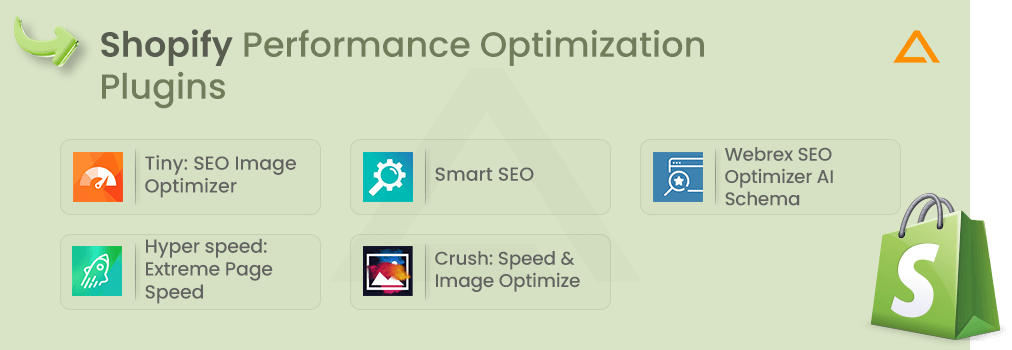
Tiny: SEO Image Optimizer | Freemium
Rating: 5 stars
Pricing
| Beginner | Advanced | Yearly |
| $9.99/month | $19.99/month | $4.99/month |
Tiny: SEO Image Optimizer is a Shopify app designed to make image optimization effortlessly easy. It compresses and resizes images, reducing file size without compromising quality. Increase page load speed, help improve your Shopify store SEO, user experience and overall performance for your Shopify store with minimal effort.
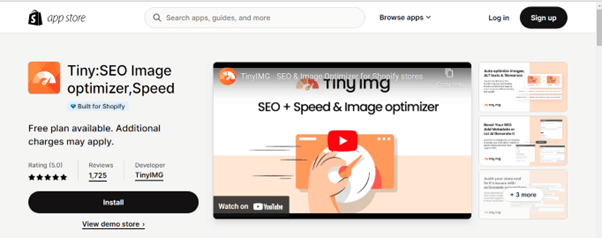
Smart SEO | Freemium
Rating: 4.9 stars
Pricing
| Pro | Business | Premium |
| $999 | $1999 | $2999 |
Smart SEO for Shopify is a powerful app that optimizes search engine visibility for your store. It performs functional SEO services, including meta tags, alt text, and sitemap generation. With easy-to-use features, it enables merchants to increase their Shopify site search rankings, generate more traffic and increase online visibility.

Webrex SEO Optimizer AI Schema | Freemium
Rating: 4.9 stars
Pricing: Premium – $14.99/month
| Pro | Business | Premium |
| $999 | $1999 | $2999 |
Webrex SEO Optimizer AI Schema is an automated app that optimizes Shopify store titles by automatically analyzing product descriptions, blog posts, and other content. It can add a list of data markers, such as product layouts and article layouts, to optimize SEO on Shopify product pages, blog pages, and home pages.

Hyper speed: Extreme Page Speed | Freemium
Rating: 4.9 stars
Pricing: Premium – $49/month
By prioritizing faster page loads for a better user experience, Hyperspeed improves the Shopify store with Extreme Page Speed. This framework uses advanced techniques such as lazy loading, efficient code management, and image optimization. Hyperspeed helps businesses gain a competitive edge in the e-commerce marketplace by reducing loading times, increasing conversion rates, and improving SEO.

Crush: Speed & Image Optimize | Freemium
Rating: 4.8 stars
Pricing
| Pro | Business | Premium |
| $999 | $1999 | $2999 |
| Micro | Pro | Advanced |
| $4.99/month | $9.99/month | $19.99/month |
Crush: Speed & Image Optimize is a Shopify application designed to optimize your online store. It combines image insertion with sophisticated motion techniques to ensure fast page loading. Through effective image size reduction and code optimization, Crush improves overall SEO performance, user experience and competitiveness in the rapidly growing e-commerce market.
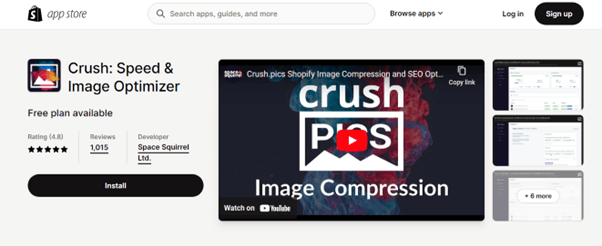
How to Do Performance Analysis in Shopify?
There are several tools that can help you evaluate the speed of your site. These tools gives you a detailed report about the parts of your website that when updated will help in shopify performance optimization.
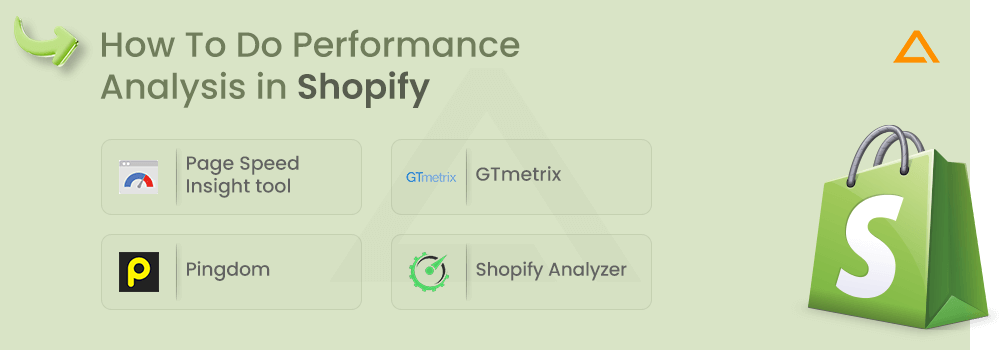
- Page Speed Insight tool
- GTmetrix
- Pingdom
- Shopify Analyzer
Page Speed insight Tool
Page Speed Insight Tool by google generates Page Speed score and Page Speed Suggestions for your pages to make your website faster. This tool helps in reliving the critical elements for mobile and desktop for optimizing page load speed.
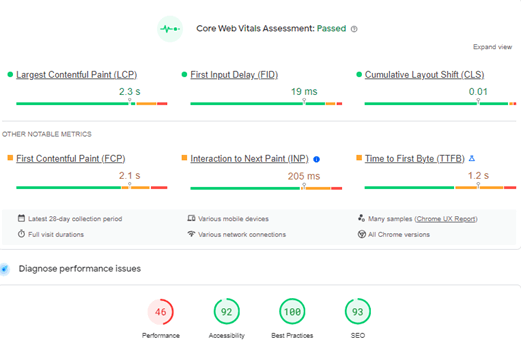

GTmetrix
Another similar tool is GTmetrix, which evaluates the speed of your webpages, assigns an A to F grade, and makes suggestions for improvement. We can see exactly how long it took to complete each request using Gtmetrix by selecting the “waterfall” tab.

Pingdom
Pingdom will also test the load speed of your website for free & give you recommendations on how you can make you website faster. You can also select the test from region also.
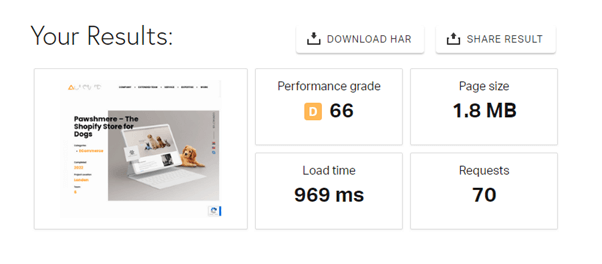
Shopify Analyzer
It provides in-depth diagnostics and audits for performance, SEO, speed, conversions, and security for Shopify stores. It also Identifies critical issues impacting customer experience using predefined rule-sets customized for Shopify.
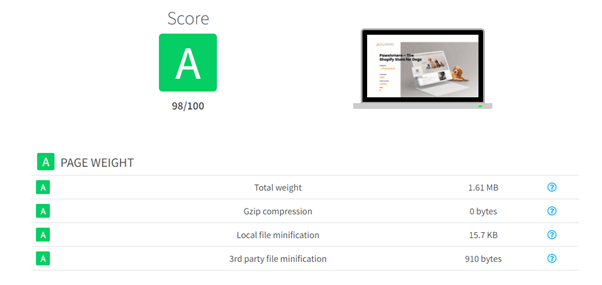
What Are the Challenges That You Face in Shopify Performance Optimization?
Despite the robust information infrastructure and optimization capabilities of the Shopify platform, several challenges that you face in shopify performance optimization. Identifying and addressing these reasons is crucial for maintaining a fast and efficient online store.

Issues with Multiple Third-Party Apps
Issue: Performance overhead results from using too many pointless applications.
Solution: Audit and remove unused apps, selectively deactivate based on page or traffic source.
Finding the Exact Optimization Starting Point
Issue: Not sure which optimization results in the fastest gains in speed
Solution: To identify locations with the greatest potential for optimization, use web performance profiling tools.
Striking a Balance Between Image Quality and Size
Issue: The visual appeal is affected due to compressed
Solution: Image optimization using programming that considers device kinds, image relevance, and compression levels
Coping with Sudden Traffic Surge Impacting Speeds
Issue: Site speed is lowered by unexpected traffic spikes.
Solution: Set up database read replicas and web application servers’ auto-scaling policies.
Scattered Fixes Across Platforms Losing Optimization Momentum
Issue: Momentum decreases in the absence of a centralized optimization workflow.
Solution: Improve performance by combining defined development resources with consolidated actionable insights.
Consistency in Performance Tuning Across Teams
Issue: Target performance metrics expectations that are not aligned
Solution: Conversion rate effect analysis should be used to establish performance budgeting parameters.
Maintaining Consistently High Performance Over Time
Issue: Whenever new features are released, performance frequently suffers.
Solution: For each new deployment, adhere to performance regression testing guidelines.
Preventing Platform Lock-in from Extensive Customization
Issue: Migrating platforms is difficult due to an excessive number of custom additions.
Solution: Take care to determine whether modifications are necessary, and preserve modularity.
Synchronizing Performance Across Different Countries/Regions
Issue: Global latency problems beyond the host nation
Solution: Use a geo-distributed CDN configuration to cache page elements closer to visitors.
Finding Time for Optimization with Simultaneous Store Management
Issue: Daily chores prohibit time set aside for optimization.
Solution: Allocate specific time each week for evaluating employee performance and monitoring small victories.
Keeping Pace with Core Web Vitals Prioritization in Ranking Signals
Issue: Crucial indications for organic visibility shift, such as CWV
Solution: Root causes affecting web vitals are proactively identified using waterfall analysis.

Empower Your Digital Vision with Our Skilled Web Development Team @ Aglowid
Wrapping up!
Shopify performance optimization is a strategic investment, fostering elevated conversions, customer satisfaction, and sustained profitability. Embracing a performance-centric approach through continuous measurement, front-end refinements, and back-end optimizations establishes a culture of efficiency. This commitment not only ensures immediate gains but positions the business for long-term success, competitive resilience, and customer loyalty.
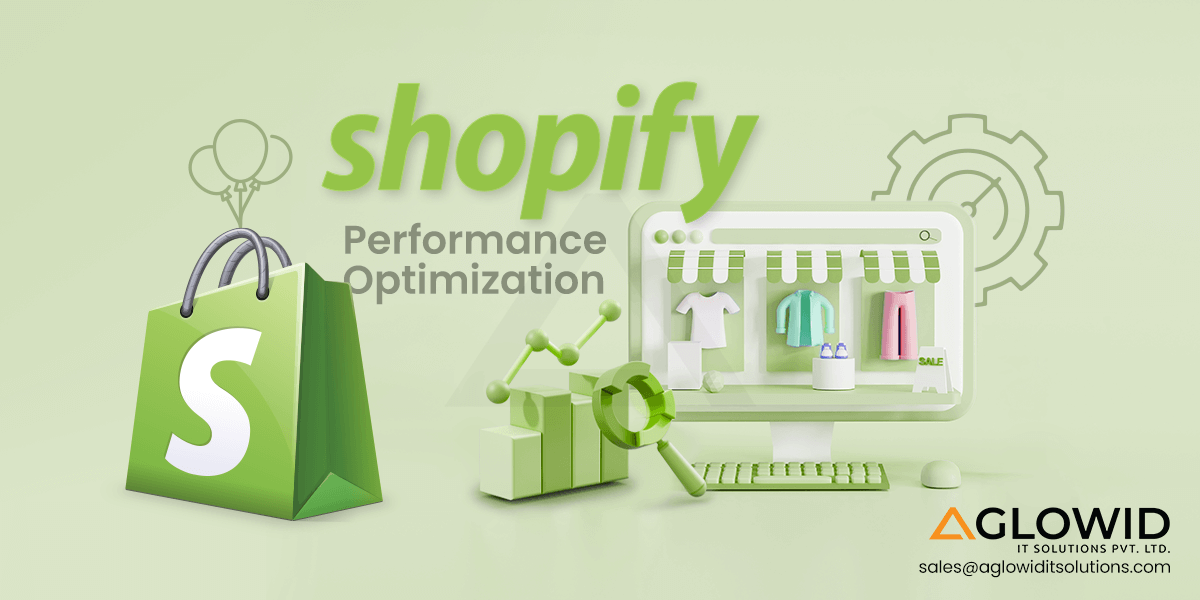
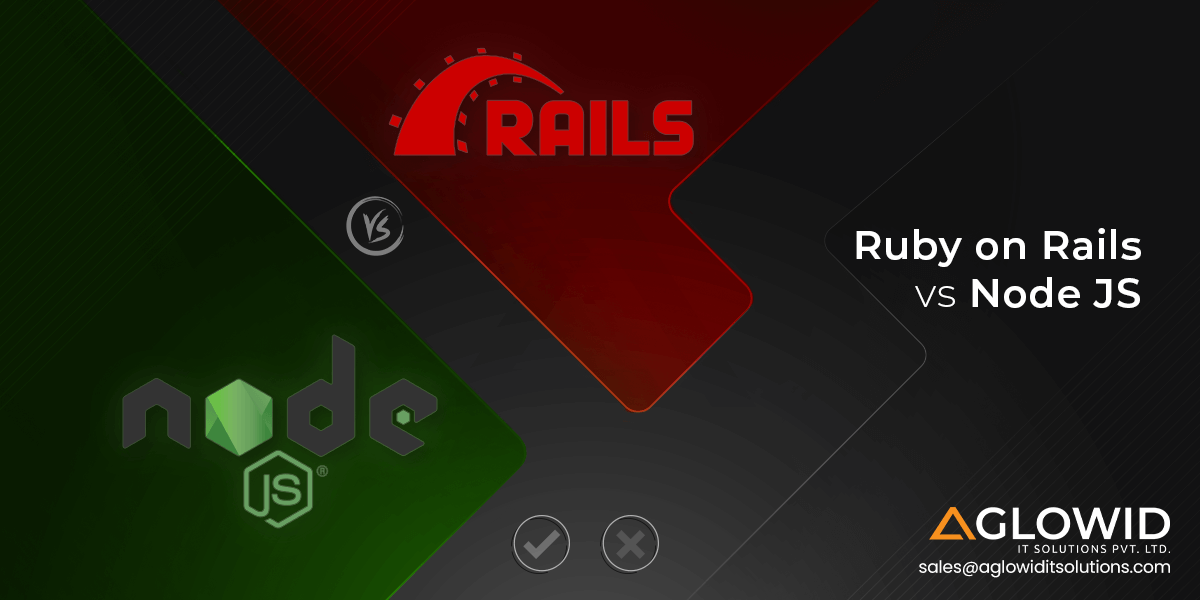
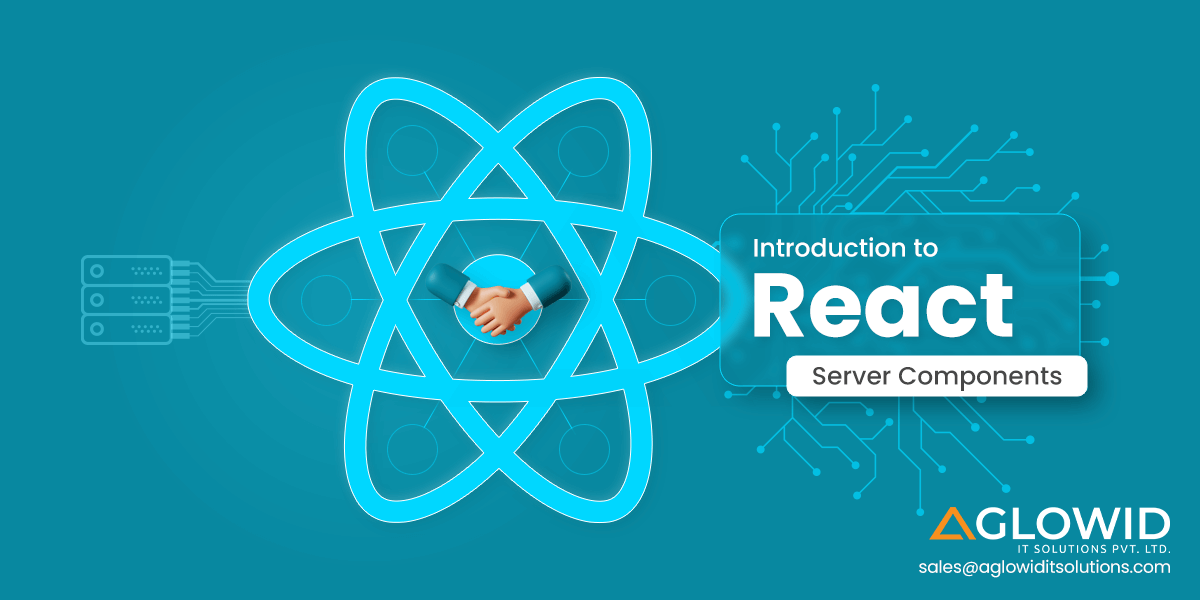


 Say
Say